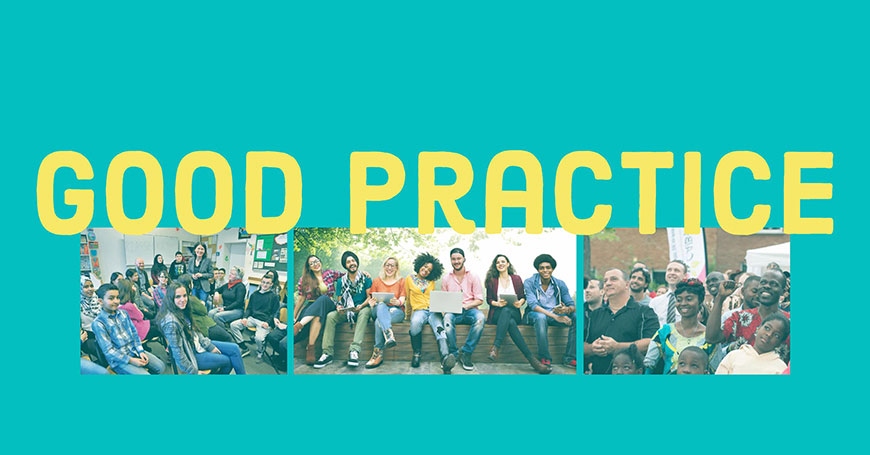Intercultural cities: good practice examples

The first step is the adoption (and implementation) of strategies that facilitate positive intercultural encounters and exchanges, and promote equal and active participation of residents and communities in the development of the city, thus responding to the needs of a diverse population. The Intercultural integration policy model is based on extensive research evidence, on a range of international legal instruments, and on the collective input of the cities member of the Intercultural Cities programme that share their good practice examples on how to better manage diversity, address possible conflicts, and benefit from the diversity advantage.
This section offers examples of intercultural approaches that facilitate the development and implementation of intercultural strategies.
Art-therapy in Lutsk
Purpose: Providing psychological relief to internally displaced children and helping them coping with the stress and challenges derived from Russia’s military aggression against Ukraine....
Generational Dialog
Purpose: The project aims to create a better basis for communication between generations (i.e., between “second-generation” children born and living in a foreign country and parents that migrated...
Botkyrka: Anti-Rumour Cafés – Stop the Rumour
Purpose: The Anti-Rumours Cafés, now called Stop The Rumour (Stop Ryktet) and are carried out for the municipality of Botkyrka by the environmental and social impact agency The Good Tribe that set...


